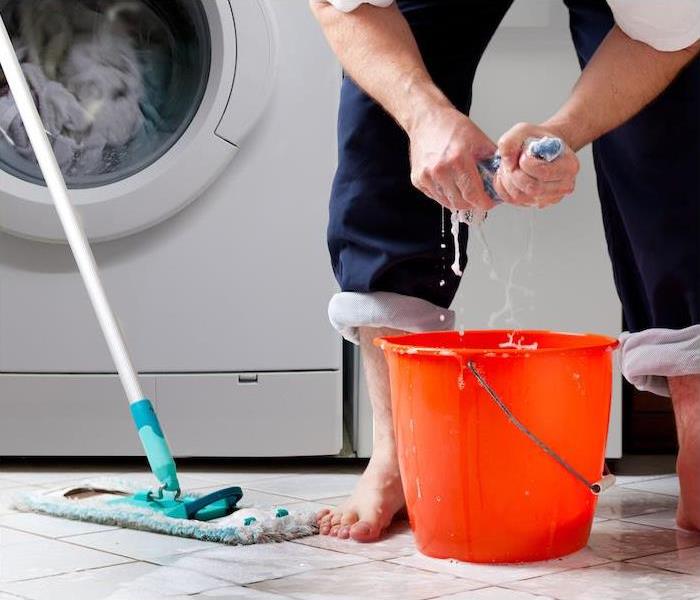Getting to Know the 3 Water Classifications | SERVPRO of Central Union County | SERVPRO of Roselle
11/19/2020 (Permalink)
If you think all water that causes water damage is the same, think again! There are three classifications for it: clean, gray and black.
By gaining a better understanding of the differences in these types of water, it will help you understand how to better handle a water damage situation.
Whenever there is a water damage situation, it doesn’t matter what type of water has caused damage because a cleanup and restoration process will always follow. First, and most important, is removing all moisture and damp items as quickly as possible to hinder the growth of mold, which begins to flourish in this ideal environment.
Clean Water
The name says it all; clean water is considered “clean” and not likely to be the type that would pose an immediate threat to your health. This water contains no contaminants and is the result of:
- Broken water lines
- Malfunctioning appliances
- Toilet holding tanks
- Snow melt and rainwater
Clean water is the easiest type of water damage to work with because there are fewer microbes living in the water. But remember, it only takes 48 hours and contact with the surfaces of a building for clean water to become a category two, becoming gray water.
Gray Water
Damage from gray water makes water damage cleanup and restoration a bit more serious. This is water that may pose a health risk because it will most likely contain chemical or biological contamination. This slight contamination means that gray water would need to be thoroughly treated before it is safe for consumption.
Water that comes from dishwashers, aquariums, showers, etc. is considered gray water, and the 48-hour exposure time applies here as well, as it will become black water if it is not quickly and property treated.
Black Water
A black water damage situation is considered the most serious of the three classifications as this water is highly contaminated by harmful chemicals and biological matter. This would include floodwaters containing soil and all sewage waters.
Sewage is contaminated with microbes, which include bacteria, protozoans, molds, fungi and more—many of these can be harmful to humans.
Some of the diseases that can be transmitted by black water are:
- Cholera
- Typhoid
- Hepatitis
- Gastroenteritis-type illnesses
Any water involved in a flooding situation should be considered dangerous and assumed to be black water since it will pick up contaminants along its path.
The Institute of Inspection, Cleaning and Remediation Certification (IICRC), an organization that certifies and sets the standards for the cleaning and restoration industry, recognizes these three classifications of floodwater. Our highly trained technicians have all studied IICRC’s standards and best practices in water restoration and are available to help determine the steps to take to get your home back to normal.
It doesn’t matter what type of water has caused damage to your home or business, we are here to help get the situation under control and make it "Like it never even happened." Don’t hesitate to reach out to us if you need emergency cleanup and restoration services!






 24/7 Emergency Service
24/7 Emergency Service